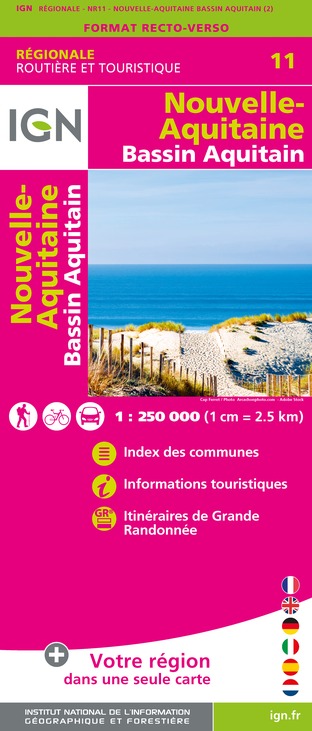Alert
Alerts
Barry Neuf street
Description
You have just left the territory of the former bishopric to get to Barry Neuf street, that led from the entrance of the bishopric to the southern gate of the ramparts (which in french were called d'Espagne meaning from Spain) which were destroyed in 1850 are materialized today at the end of the street by two pilasters in pink brick.
Let's walk down this street which is bordered on the south by a series of houses of the eighteenth century notable for their studded oak doors, framed with pilasters and lintels moulded in pink bricks :
Let’s stop in front of number 12 in front of the old canon’s picturesque house. A canon was a cleric living his life according to the rules of the church whilst living in a clergy house close to a cathedral.
Let’s take a moment to admire the huge façade of number 8. This hotel was built in 1771 and is distinguished by the outstanding frame of the door made of two pilasters with composite capitals and a baroque style lintel in brick.
Lets carry on walking towards the end of the Street to see Number 4 of Barry Neuf Street is a house that dates back to 1631. It probably belonged to religious people, because of the monogram of Christ and the Virgin Mary. We can see the initials JHS and MA embedded in a stone on the facade.
Facing these houses we can see some timbered brick-lined outhouses which once served as stables, today they are used as garages.
Turn on to Jean Moulin street.
Technical Information
Altimetric profile
IGN cards








Data author
